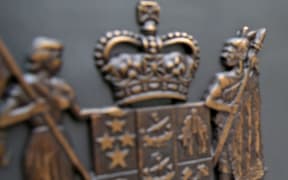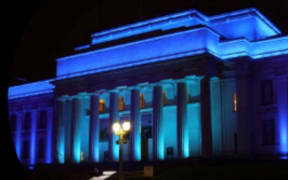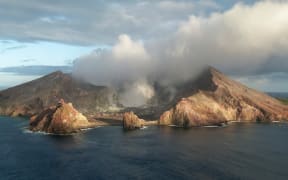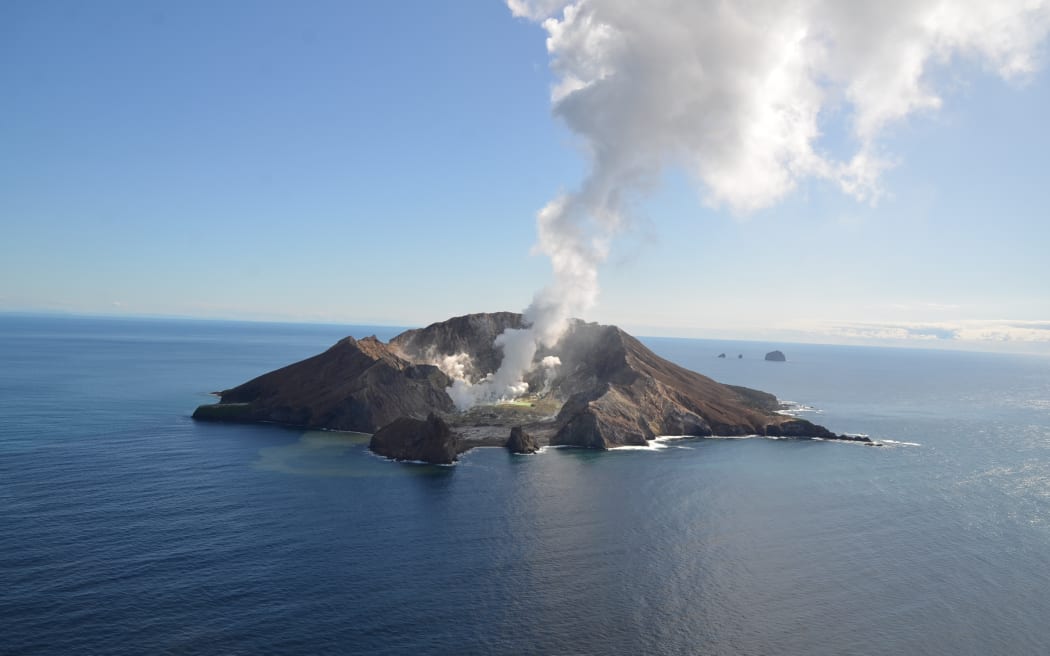
View of Whakaari / White Island from a monitoring flight on 31 August, 2022. Photo: GNS
An out-of-date volcano exhibit tells visitors to Auckland War Memorial Museum that it is still possible to visit Whakaari / White Island by helicopter.
It has been four years since the catastrophic 2019 eruption killed 22 people and injured 25 others - tours stopped immediately but before then, the volcanic island had been a popular tourist attraction.
WorkSafe spent almost $16 million investigating health and safety failings in the lead up to the disaster, and the subsequent trial held in Auckland this year.
Within the museum's volcano exhibition, which includes a room simulating an earthquake, are a series of panels with information about Whakaari.
After a description of the island's significance as the country's most active volcano, it describes a 1914 eruption in which 10 men died.
But there is no mention of the 2019 disaster.
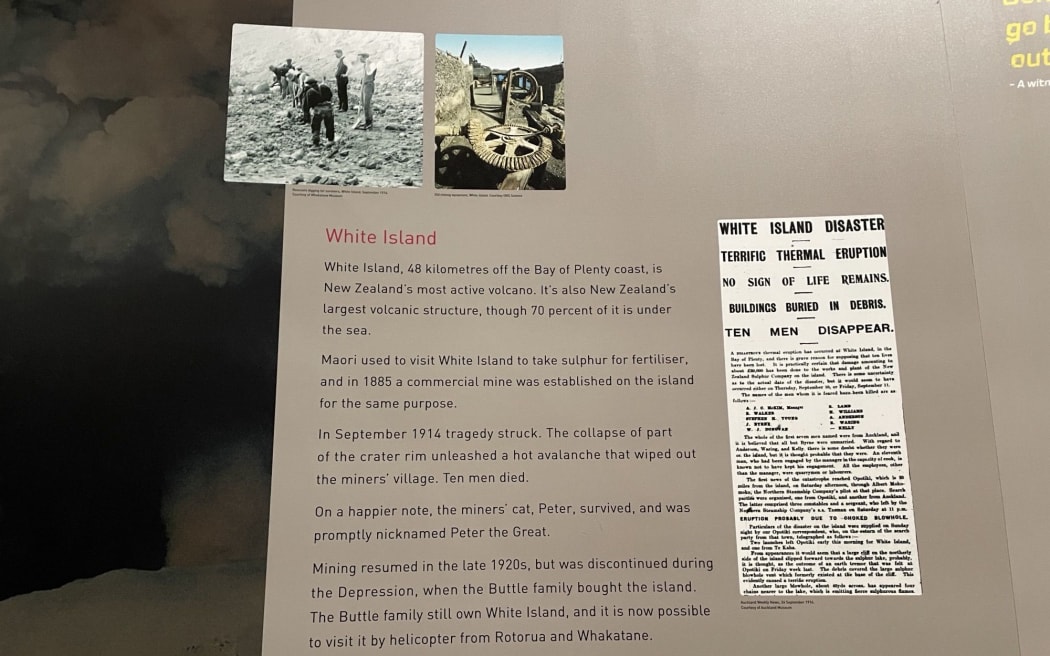
An out-of-date volcano exhibit at Auckland War Memorial Museum tells visitors it is possible to visit Whakaari by helicopter. Photo: RNZ / Amy Williams
"The Buttle family still own White Island, and it is now possible to visit it by helicopter from Rotorua and Whakatāne," the museum information states.
It also includes a quote from George Raymond Buttle, commenting on his purchase of White Island in 1936.
"I rather like the idea of owning a volcano."
In a statement, Auckland Museum said it was working on updates to the volcanoes exhibition to reflect the 2019 eruption and current status of Whakaari.
"This work is currently under way along with other exhibition updates that have been supported by Toka Tū Ake/EQC," a spokesperson said.
"The first of these improvements, including an updated panel about Whakaari, are scheduled to be installed before the end of the year."
The spokesperson said the changes were not made earlier due to resource constraints and the impact of the Covid-19 pandemic.
"Like other cultural institutions, Auckland Museum was closed for extended periods and much of our regular work maintaining our permanent exhibitions was disrupted from early 2020 until 2022," they said.
"These circumstances temporarily affected our ability to keep all exhibitions current."
They said the museum did not have a geology or volcano curator, and the information on Whakaari is produced in consultation with EQC/Auckland Emergency Management and DEVORA (a research project led by University of Auckland and GNS Science).
The museum's display on Whakaari starts with information about the island's history.
"White Island, 48 kilometres off the Bay of Plenty coast, is New Zealand's most active volcano. It's also New Zealand's largest volcanic structure, though 70 percent of it is under the sea," it states.
"Māori used to visit White Island to take sulphur and fertiliser, and in 1885 a commercial mine was established on the island for the same purpose."
It then describes how in 1914, tragedy struck.
"The collapsed of part of the crater rim unleashed a hot avalanche that wiped out the miners' village. Ten men died. On a happier note, the miner's cat, Peter, survived, and was promptly nicknamed Peter the Great," it states.
"Mining resumed in the late 1920s, but was discontinued during the Depression, when the Buttle family bought the island."
The display then talks about the island's owners.
"The Buttle family still own White Island, and it is now possible to visit it by helicopter from Rotorua and Whakatane," the museum information states.
"I rather like the idea of owning a volcano," George Raymond Buttle, commenting on his purchase of White Island in 1936.

